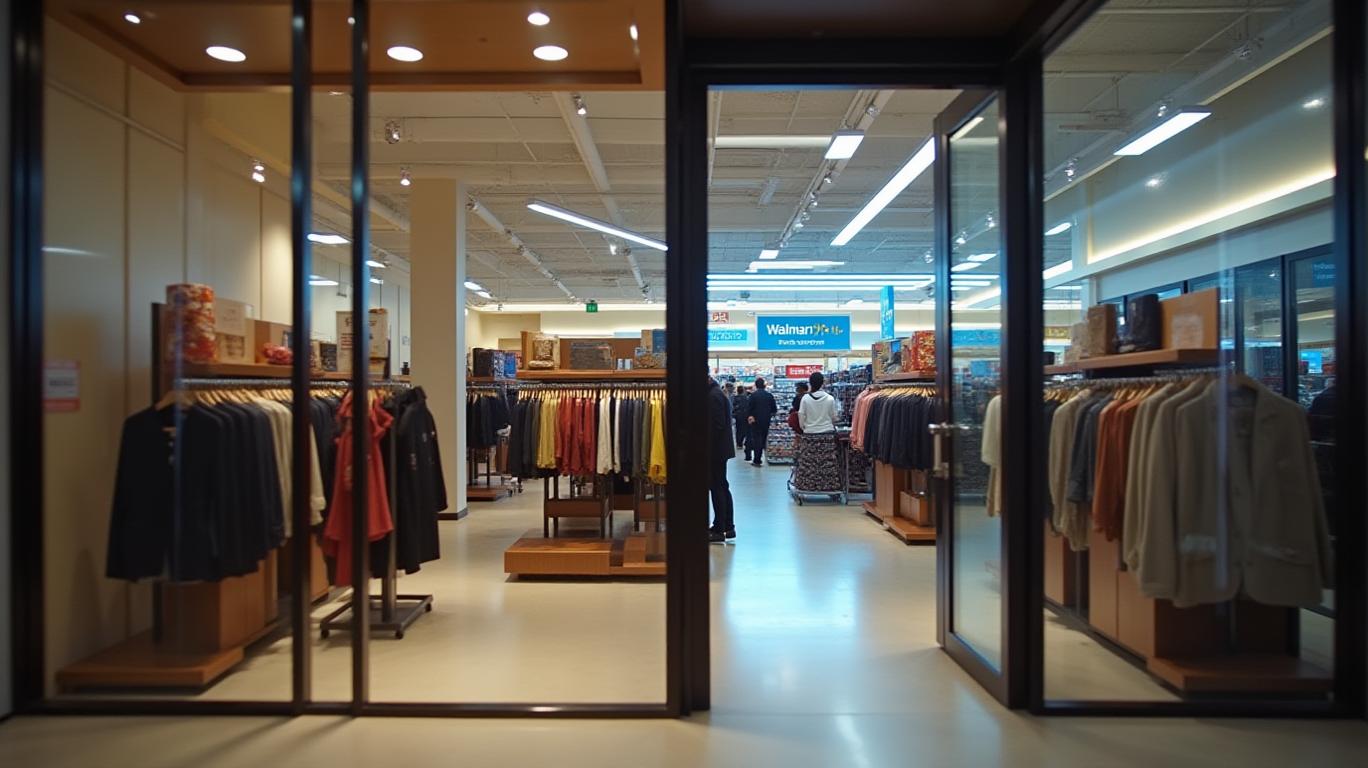Big Box Retail's Big Shift: The Shrinking Store Format
Saturday, Nov 30, 2024 10:26 am ET
In the retail landscape, big-box stores have long been synonymous with vast product offerings and expansive square footage. However, as consumer preferences evolve and market dynamics change, these retail giants are downsizing their store formats to stay competitive. This strategic pivot, driven by factors such as e-commerce growth, supply chain disruptions, and changing consumer behavior, is transforming the brick-and-mortar retail scene.
The trend of shrinking store formats is not new, but it has gained momentum in recent years. Retailers like Target, Walmart, and Macy's have been at the forefront of this trend, introducing smaller, more flexible store formats tailored to local markets and consumer needs. These smaller stores, often ranging from 20,000 to 60,000 square feet, cater to urban and suburban areas, providing convenience, immediacy, and a curated product selection.
The primary driver behind this shift is the growing demand for convenience and immediacy. Urbanization, shrinking household sizes, and increased traffic congestion have led consumers to prefer smaller, more frequent shopping trips with impulse purchases. Retailers are responding by introducing small-box proximity stores that complement their traditional large-size outlets, enhancing physical coverage and catering to consumers' increasing need for access convenience.
E-commerce and omnichannel retail strategies also play a significant role in this trend. By offering services like buy online, pickup in-store (BOPIS), retailers can maintain a physical presence while reducing overhead costs. This strategy allows retailers to fulfill online orders more efficiently, as inventory can be kept closer to customers, reducing shipping costs and times. Additionally, smaller stores can serve as hubs for digital fulfillment, catering to consumers' increasing demand for convenience and immediacy.
Supply chain disruptions and inventory management challenges have further influenced the trend of downsizing store formats. Smaller stores allow for more efficient stock management, reducing excess inventory and markdowns. This strategy enables retailers to better adapt to changing consumer preferences and local demand trends, enhancing overall efficiency and customer satisfaction.

Downsizing store formats can have significant implications for big-box retailers, influencing market dynamics, competition, and consumer preferences. Smaller stores allow for more convenient locations, enabling retailers to tap into urban and densely populated areas and better cater to time-strapped customers seeking immediate gratification. This strategy can help retailers gain a competitive edge in markets with saturated large-format stores. However, excessive cannibalization of parent stores' sales could lead to reduced market share, and retailers must carefully manage inventory and merchandising strategies to avoid this.
In conclusion, the trend of shrinking store formats in the big-box retail sector is driven by a combination of factors, including consumer demand for convenience and immediacy, e-commerce growth, supply chain disruptions, and inventory management challenges. This strategic pivot enables retailers to better cater to local markets and consumer needs, enhance their physical coverage, and maintain and strengthen their brick-and-mortar relevance in the face of changing consumer habits and competitive pressures.
ACHR, AISP, ALUR, APLT, APVO...Market Cap















